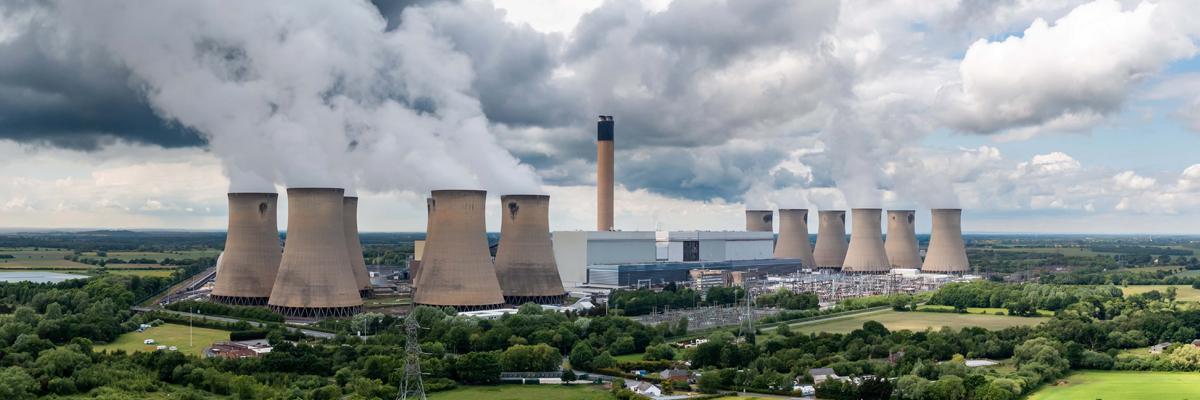Carbon emissions: a closer look
In earlier Newsroom articles, we’ve talked about the UKRF’s ambition to reach net zero carbon emissions by 2050 (and, along the way, to aim to halve emissions by 2030).
Carbon emissions are the greenhouse gases (GHG) that damage the ozone layer and accelerate global warming. GHG are six emissions including carbon dioxide, methane, nitrious oxide and smaller trace gases. Collectively, from an individual running their car to a global firm operating multiple power plants, these emissions have been produced over decades, on a colossal scale.
The UKRF invests its assets to grow the fund value so there is enough to pay members’ benefits now and in the future. Climate change poses risks – but also opportunities – for our investments.
With this in mind, when tracking our progress towards our climate change ambitions, we need a way of consistently measuring the levels of carbon emissions our investments produce. We report these in our investment disclosures, which you can find in our library here.
Here, we take a practical look at what those emissions actually are and how we plan to monitor and manage our investments accordingly…
Financed carbon emissions
For a pension fund as large as the UKRF, by far the most significant level of emissions relates to financed emissions – that is, the share of the carbon emissions associated with our investments.
As a way of measuring and reporting steps to reduce emissions, guidance has been developed which classifies them into three consistent groups, or ‘scopes’.
Scope 1
Scope 2
Scope 3
Definition
Emissions a company causes directly
Indirect emissions, bought by the company
Other indirect emissions
Typical emissions
Combustion in furnaces, company vehicle emissions
Energy for heating/cooling equipment
Emissions that are consequences of the activities of the company but occur from sources not owned or controlled by the company
Note: GHG Protocol supplies the world’s most widely used greenhouse gas accounting standards and guidance on measuring carbon emissions.
While the information available for emissions has improved over recent years, it’s still evolving, because of where the data comes from. For example, we rely on the companies’ ability to gather and report the data themselves. There may be overlap on the emissions reported by different companies, and between companies and governments that a large pension fund like the UKRF will invest in, leading to double counting of emissions. It is also generally easier to collect data from certain types of investment (such as public equities) than others (private assets like venture capital or government issued debt).
In the coming years, there will be continued focus on better information gathering and quality of data particularly for the calculation of Scope 3 emissions, given advances in this area and the difference they make to total global emissions.
Operations emissions
In addition to the financed emissions described above, there are also operations emissions.
In respect of the UKRF, operations emissions refer to the carbon footprint relating to the Barclays Pensions & Benefits team who help administer the UKRF, which is separately captured by Barclays.
Barclays has announced its ambition to be a net zero bank by 2050. One part of Barclays’ strategy is to achieve net zero operations by the reducing greenhouse gas emissions produced by the business. You can find out more here.
Why this matters
The Task Force on Climate-related Financial Disclosures (TCFD) is an industry-led group which helps companies and investors understand their financial exposure to climate risk. We’ll be tracking our own progress managing climate-related risk through internal monitoring, as well as the TCFD framework (the legal reporting standard).
The Trustee is currently preparing its first TCFD Statement, which will be made available on this page by 30 April 2023. As well as covering the most recent data on our carbon emissions, this report will include detail about the governance, strategy, risk management, measurements and targets we use to assess and manage relevant climate-related risks and opportunities. The Trustee will also use this information to monitor progress in achieving its net zero carbon ambition by 2050.

